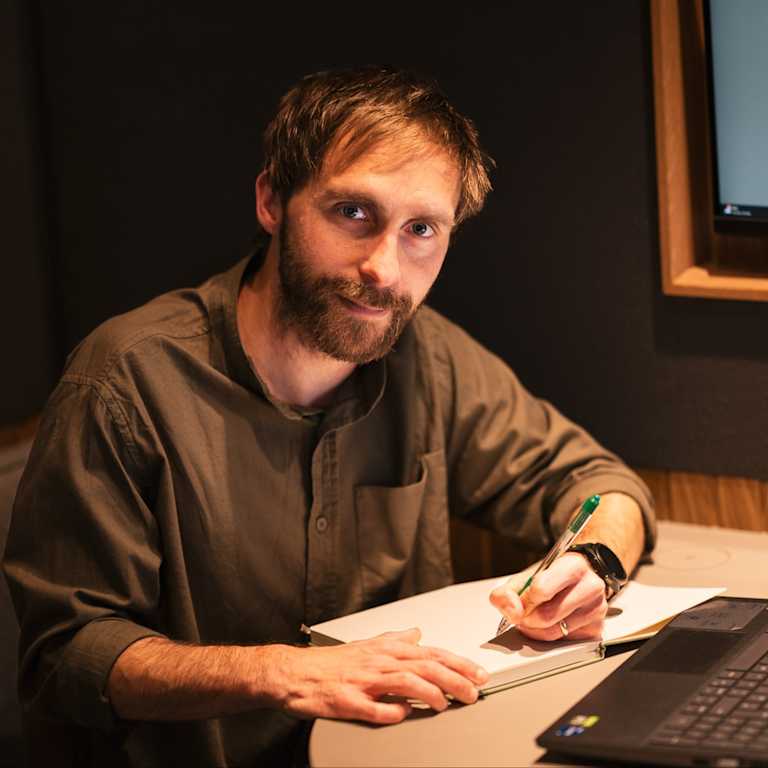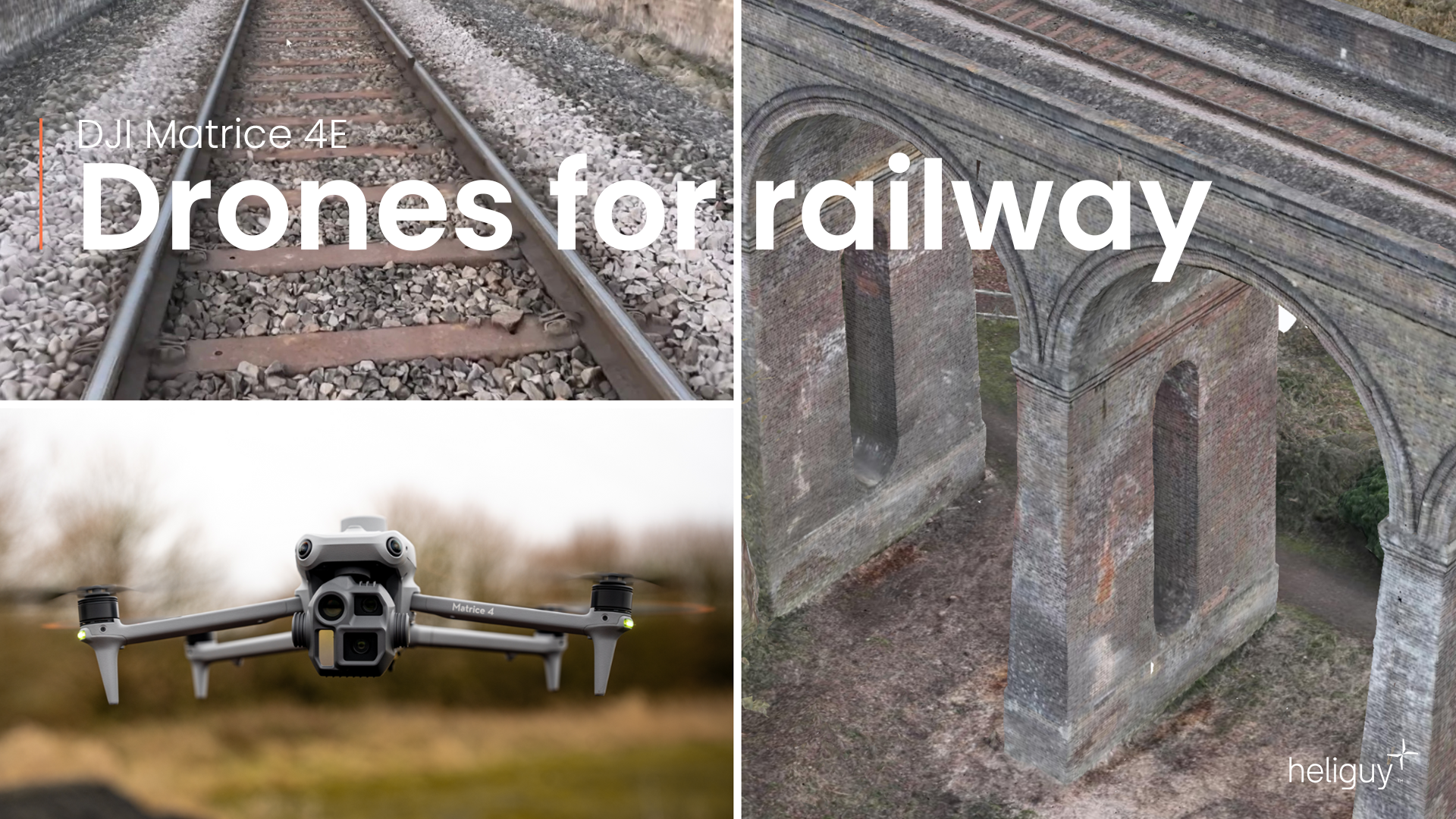
Case Studies
Published on 11 Apr 2025
James Willoughby
How drones can transform railway inspection
Case study showing how the DJI Matrice 4E is benefiting railway inspections, collecting detailed survey data quickly, accurately, and safely.
“The level of detail is really impressive. It has the potential to change inspections massively.”
And for Ken, who has worked for Network Rail for two decades, it represents another seismic shift in UAS innovation.
The data was collected with the drone’s Smart 3D Capture, which enables automated flights to simplify model creation.
“It is a stand-out bit of kit,” said Ken.
“I was very impressed with the Smart 3D Capture, as well as the drone’s ability to fly reliably in GPS-denied environments, which is a must when working around complex structures.
“Obstacle avoidance and mission planning are built in, and that takes a lot of pressure off the operator during flight.”
Smart 3D Capture generates a detailed and precise flight plan via the controller based upon an initial sparse point cloud model collected on-site.
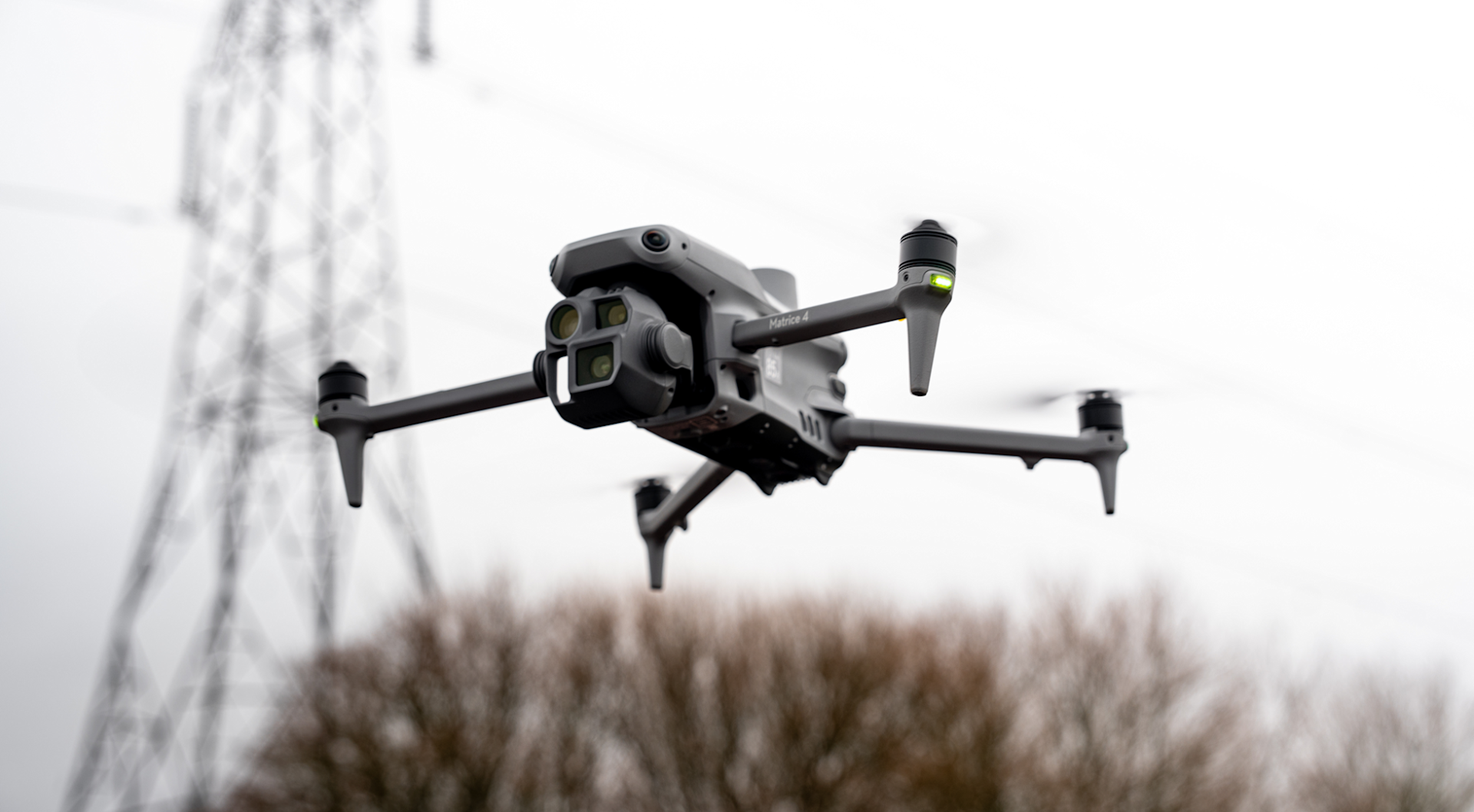
While it streamlines and automates the process of creating digital replicas, crucially, the data stacks up too.
“The level of detail captured was excellent,” said Ken, who works along Network Rail’s Anglia route
“The data gave us a clear, measurable record of the asset condition.”
Enhanced logistics
Traditionally, inspecting the historic viaduct - said to be one of England’s largest brick-built structures and towering 75 metres above the River Colne - would be no mean feat, requiring lengthy planning and complex logistics.
Drones change that.
Ken said: “Previously, this type of elevated inspection would have required specialist contractors and a lot more planning.
“But with the drone, it was completed safely and efficiently, with minimal disruption to operations. We didn’t need rope access or scaffolding to collect the data, which is a major safety gain and a cost-saving too.
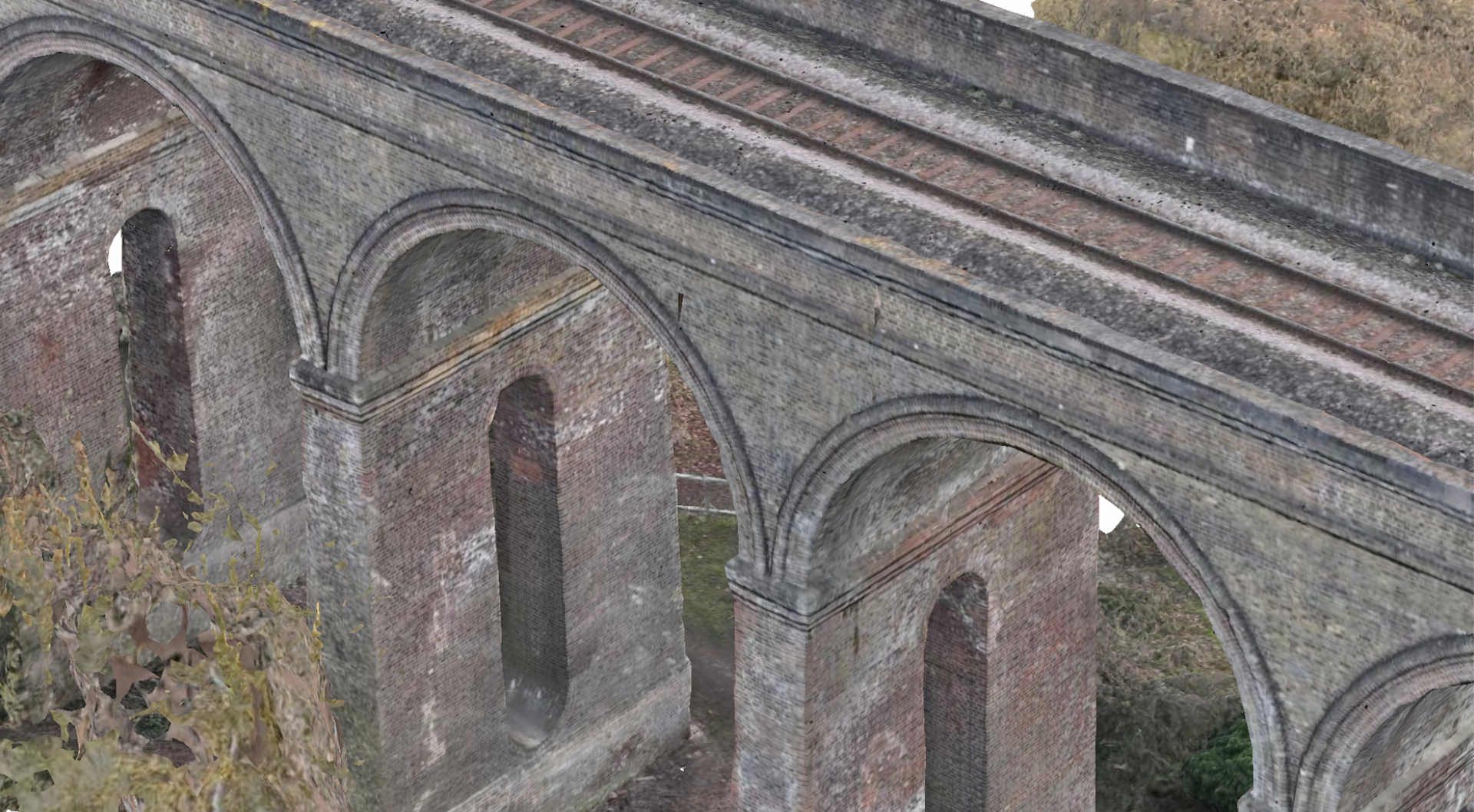
“On top of this, the drone can cover a site up to 1km in around 45 minutes. A traditional walkout for the same stretch could easily take three hours, depending on complexity.
“That’s a big time saving and that’s before you factor in travel, safety briefings, and access permissions.”
Enhanced team-wide collaboration
Upon mission completion, Ken processed the data on a high-spec laptop with an RTX 3070 GPU and fast NVMe storage.
The outputs - OBJ, LAS and more - were generated through DJI Terra, and then the information was shared through ProjectWise using Bentley tools.
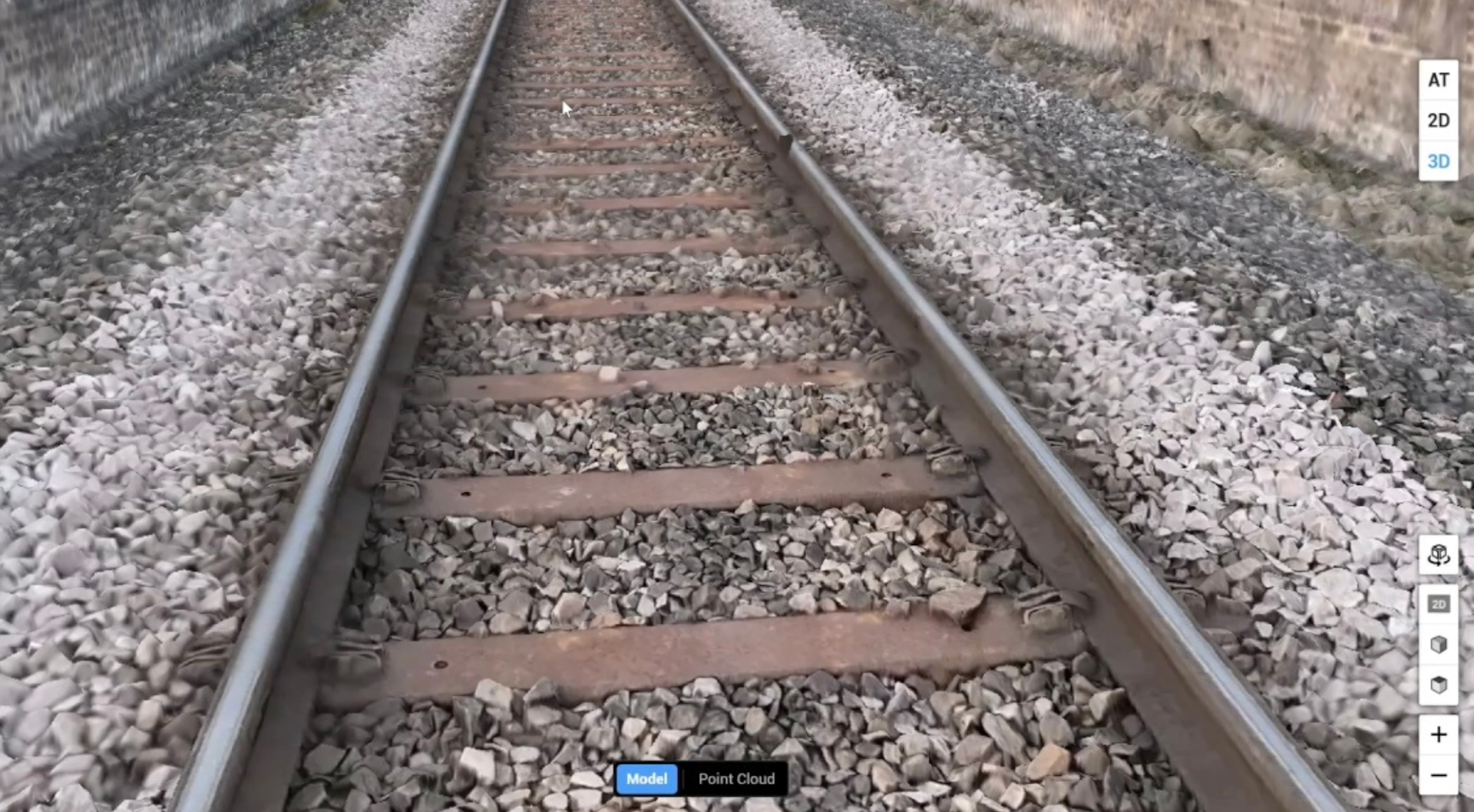
This helps to enhance team-wide coordination and insight.
“Drones provide me with new tools, new data, and a safer way to work, and they bring real value to critical infrastructure operations, like the railway,” said Ken.
A bright future
And he believes there is more to come, with the use case for drones stretching beyond inspection.
Ken said: “Drones give us instant access to the infrastructure without needing to stop trains or send teams into a live environment.
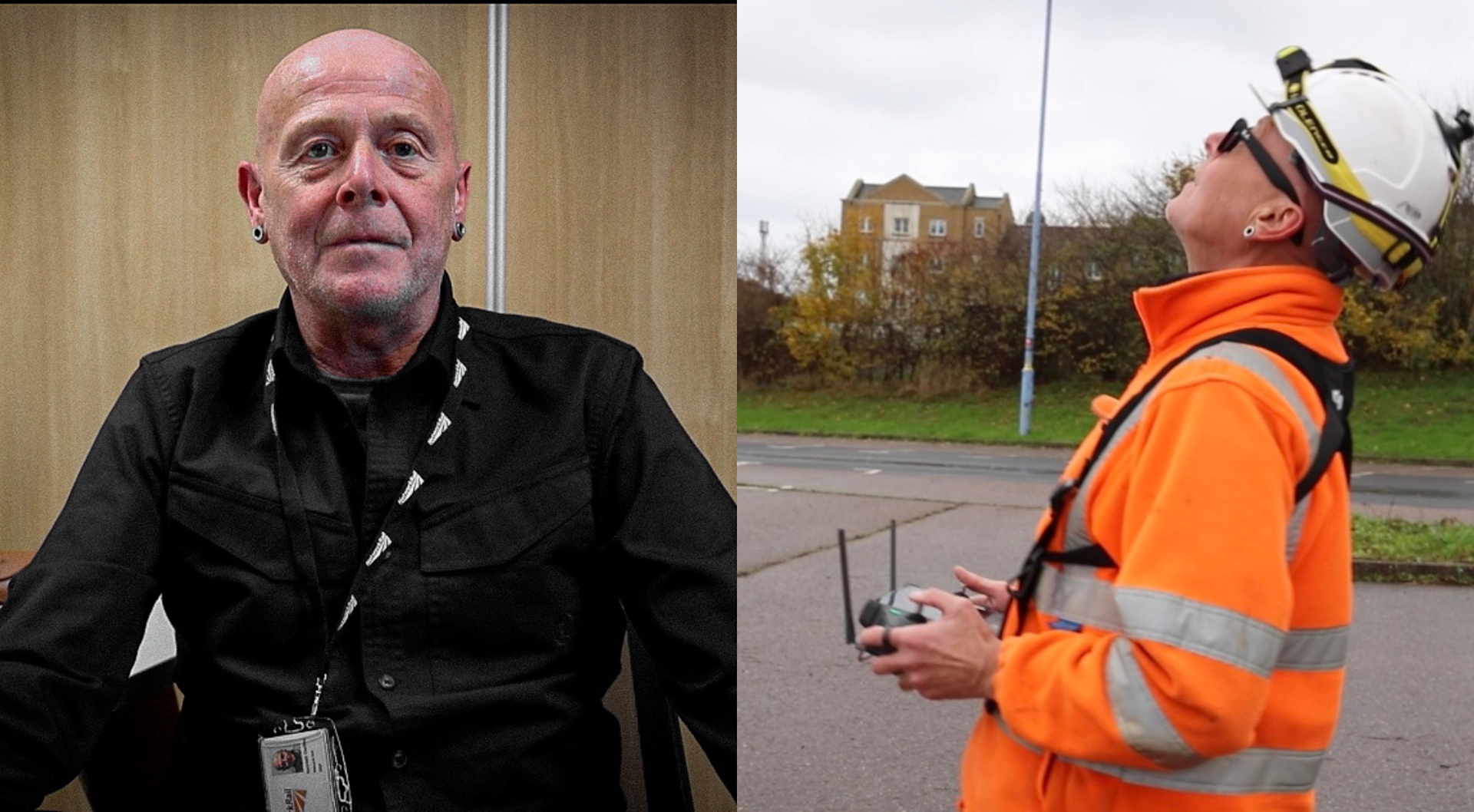
“Safety is improved, efficiency is better, and the outputs are often just as good as or better than what we’d get from a traditional visual inspection.
“And we’re not just talking about images. These are detailed, measurable 3D models and stored for future reference.
“But what excites me most is that drones aren’t just for inspections.
“We’re starting to use them for planning too, capturing a full model of a site before work begins, so we can refer back to it at any time without needing repeated site visits.
“I see potential for tracking progress on major projects, comparing real-world conditions with CAD designs, and ensuring delivery aligns with design intent.
“The long-term benefits will only grow as regulations evolve. Once BVLOS flights become more viable in the UK, we’ll be able to cover greater distances with even fewer site visits.”
Ken is set to hold a Permanent Way Institution (PWI) Lunch & Learn session. To find out more, message him through LinkedIn or email him at kenneth.durling@networkrail.co.uk
